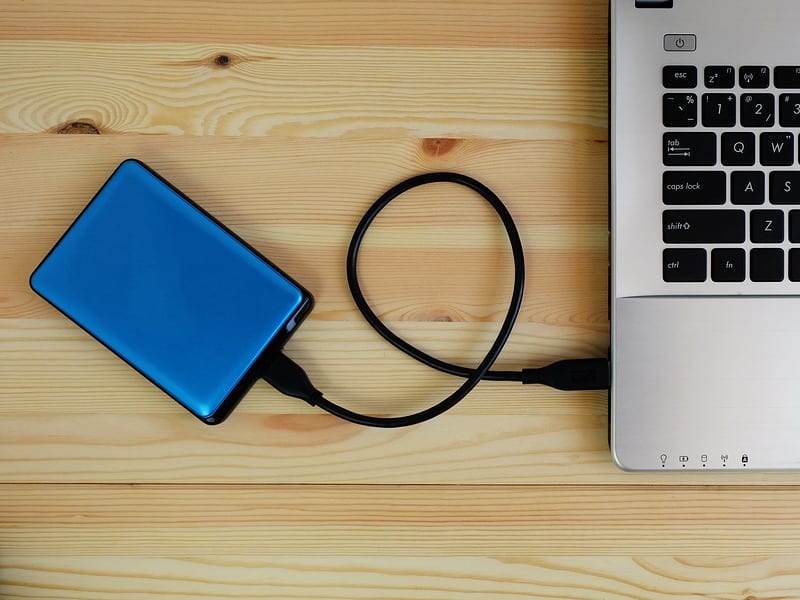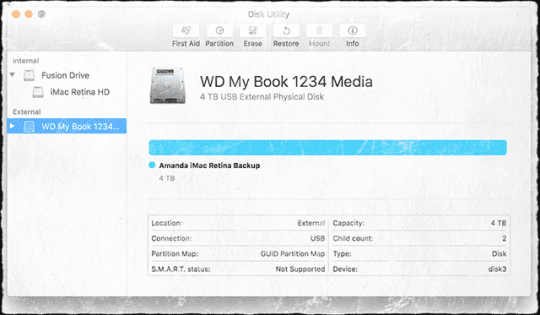
- #How should internal hdd for mac be formatted with sierra install
- #How should internal hdd for mac be formatted with sierra upgrade
- #How should internal hdd for mac be formatted with sierra full
- #How should internal hdd for mac be formatted with sierra plus
- #How should internal hdd for mac be formatted with sierra mac
Now devices across Apple’s product like rely on flash storage – writing data to silicon instead of to the surface of a spinning disk.Īpple needed to future-proof its core file system technology, and needed to adapt it to the changing needs of flash storage. Floppy disks are a historical relic, and hard drives are headed that way too.
#How should internal hdd for mac be formatted with sierra plus
When HFS Plus was introduced floppy disks and spinning hard drives were the way most devices stored data. What’s more, there’s been a sea change in how storage works. Now devices in your pocket can hold 128 GB or more. At the time HFS was first introduced, a 20 MB hard drive was astonishingly big. Times change, and so does technology – rapidly. Storage needs have increased exponentially HFS debuted in 1985.
#How should internal hdd for mac be formatted with sierra mac
So the Mac – and by extension, the iPhone, iPad, iPod touch and other Apple devices – used a file system that was 30 years old. HFS Plus was introduced in 1998, updating an earlier file system (plain old HFS) that had already been around for 13 years. The file system Apple has used on its device up until recently was called HFS Plus.
#How should internal hdd for mac be formatted with sierra full
Read on for the full story.Īll computing devices rely on a file system to control how your device stores and retrieves data. File systems aren’t a sexy feature or even a visible one, but the last time the Mac’s file system changed, Bill Clinton was president. There’s a hitch if you’re using a Mac with a hard drive, including Macs with Fusion Drives. One of the key features of High Sierra is a new file system.
#How should internal hdd for mac be formatted with sierra upgrade
Once you get your system running you might want to setup a USB thumb drive so your prepared the next time you need to diagnose or fix your drive.Apple has released High Sierra, a new upgrade to macOS that’s installable on most Macs built since 20. But thats only an option if you did this beforehand. The last way is if you have already created a bootable drive to then run Disk Utility from as well as run the OS installer.
#How should internal hdd for mac be formatted with sierra install
In your case you'll use Disk Utility from the other Mac to prep the drive and then use the OS installer app to then install the OS on to it. If you have access to a second Mac you could connect the two systems back to back using Target Mode. You might just start it before going to bed and letting it run.
/DiskUtility-576d860a3df78cb62c5d6132.jpg)
You do need an internet connection and the connection speed will impact how fast this will take.

Here is the Apple TN that talks about it. So here's the options: The first choice is to leverage Internet recovery (if you have a new drive installed). Sometimes there is more than one way to do something -} In your case you have quite a few options depending on what you have setup beforehand and what your given system is able to do. If my hard drive is not recognized in Disk Utility at all, would it still work? If not, what should I do in order to make my computer recognize my unformatted hard drive, how can I reformat it, so that I can reinstall macOS Sierra on it and restore from my external backup? Would I be able to somehow format my new unrecognized hard drive through my external hard drive files? So, how do I format my internal hard drive so that it is compatible with macOS? I've heard of a multitude of options, such as using a firewire or a thunderbolt cable, or using a usb with a macOS partition on it, or restoring files directly from an external hard drive, but which of these actually work? The only item I have of the above three options is an external hard drive which holds a backup of my computer's files. I'm assuming it's because my new hard drive probably came unformatted, and therefore my computer doesn't recognize it. Instead, my computer does not recognize my internal hard drive at all. So here's the problem: The computer starts up at least, and doesn't throw any kernel panic error. It looked like it was my hard drive so I decided to buy a hard drive and replace it using the guide on this website. I spent a large amount of time trying to understand just what was going on, and it came down to either my hard drive or its cable being broken. Recently during startup, my computer would throw a kernel panic error, and shut down.

Hi, I'm brand new to working with hardware so bare with me. Seems that you can convert an external hard drive from HFS+ to APFS in Disk Utility of High Sierra. If the file system format of your external HDD is HFS+, you can directly upgrade it to APFS without erasing all its contents in Disk Utility of macOS High Sierra.


 0 kommentar(er)
0 kommentar(er)
